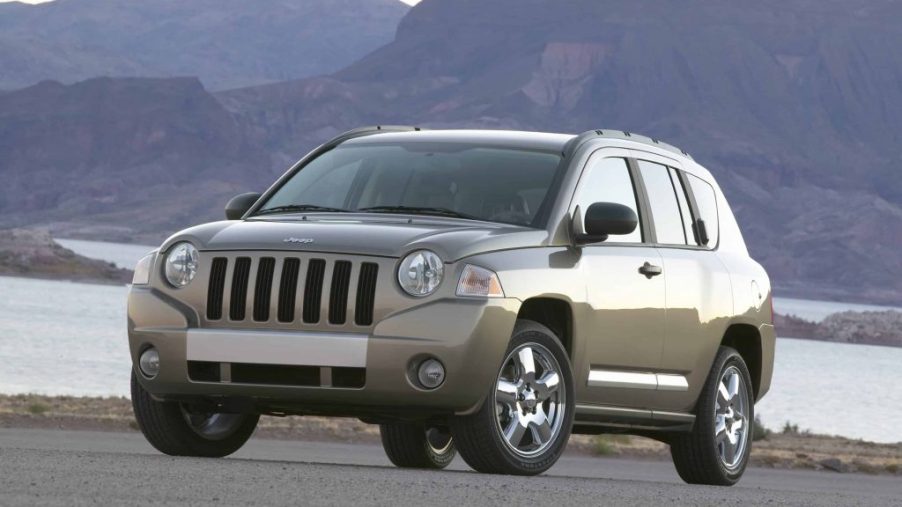
10 All-Time Most Hated American Cars
All of these lists are subjective, but we’re sure you’ll agree with most of these “Most Hated” selections. If there is a common thread among these selections it is that most are from the era when “downsizing” was thought to be the answer. But the Detroit 3’s idea of downsizing meant cheap, crappy, and ugly. It took Honda and other Japanese manufacturers to show that small didn’t need to be crappy and ugly. So take a look at this subjective list and see if we included your favorite worst. Maybe we’ll need to do a “10 All-Time Most Hated American Cars Part II.”
Jeep Compass
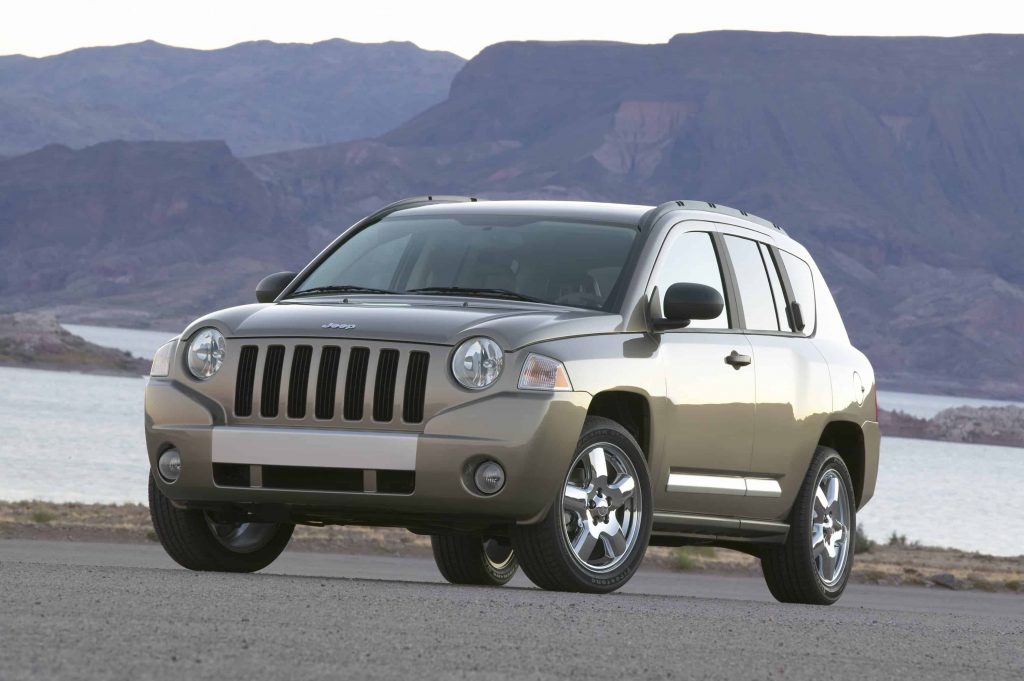
As with many Detroit models, the Jeep Compass was heavily inspired by a concept; the Compass concept car of 2002. Had it stayed truer to the concept it was a much more compelling design. As is usually the case morphing the concept into an existing architecture resulted in less than optimum results. Proportions were off, and the overall adaptation added height, width, and bulk to ruin the design. Once it was released many questioned what it was and how it made it through scrutiny within FCA. A refresh in 2017 tamped down the unique features of the original but did little to bump the needle.
Chrysler Sebring
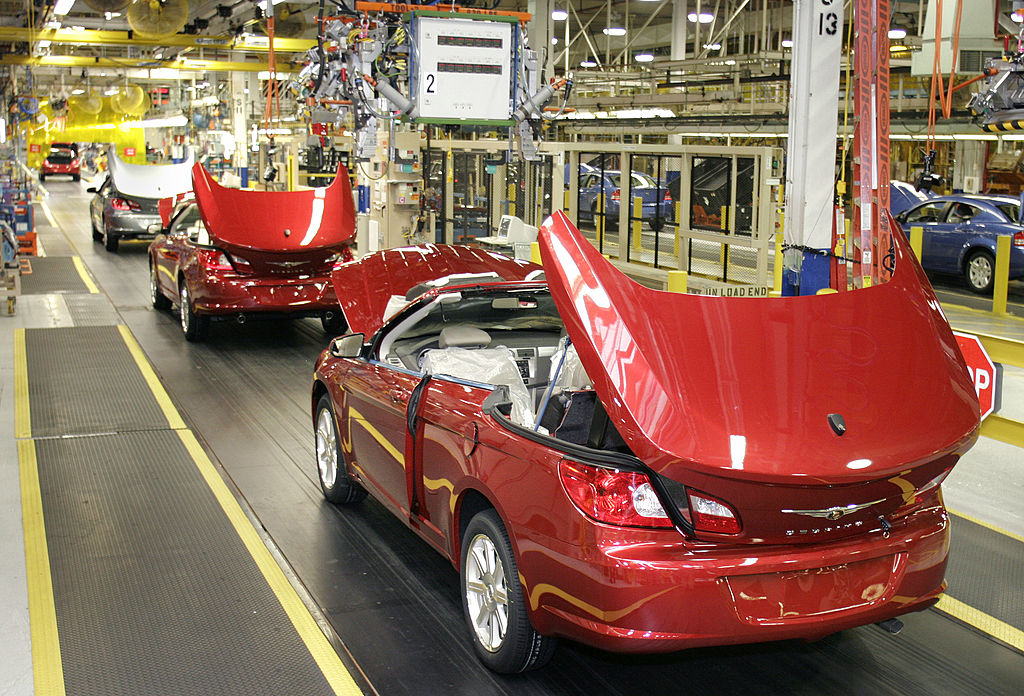
Some models that continue throughout the years improve like the Mustang. Though it went through rough patches each revision was at least a strong attempt to improve on the previous model. The Chrysler Sebring started out strong and handsome. Available as both a coupe and unique-looking convertible, it was a somewhat bland platform with dynamic styling. But as it progressed it went from bad to worse. Morphing into something worse each iteration the convertible was known for an architecture like linguini. Harsh bumps were known to blast the doors open as the car shuttered and shaked. The last iteration, whether in sedan or convertible form was bulky, awkward, and a nasty ghost of its previous self. Gone for almost 10 years, it is mostly forgotten.
Chevy Aveo
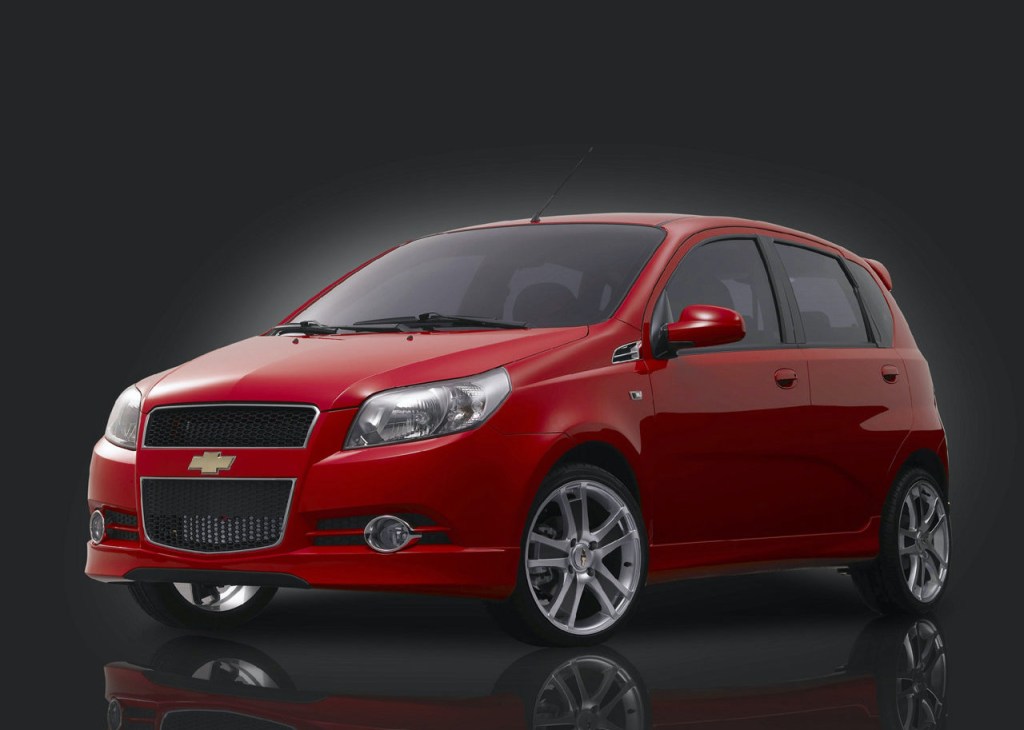
Chevy’s Aveo was the first product after GM’s takeover of South Korean Daewoo in 2002. Don’t forget GM entered bankruptcy in 2009 so this acquisition was only seven years before. The original design was done by ItalDesign, but by the time it came out, it was a shell of the original design. Variations of the subcompact were branded as Chevy, Daewoo, Holden, Pontiac, Ravon, and Suzuki. No company should have bothered. Internally known as the T200 and then T250 each iteration got progressively worse. Tinny, plastic, cheaper than cheap material, the Aveo was a claptrap of bad. In 2012 it was revised to become the Sonic. Best to avoid anything connected with a GM subcompact and stick with Kia, Hyundai, or a bicycle.
Ford Pinto
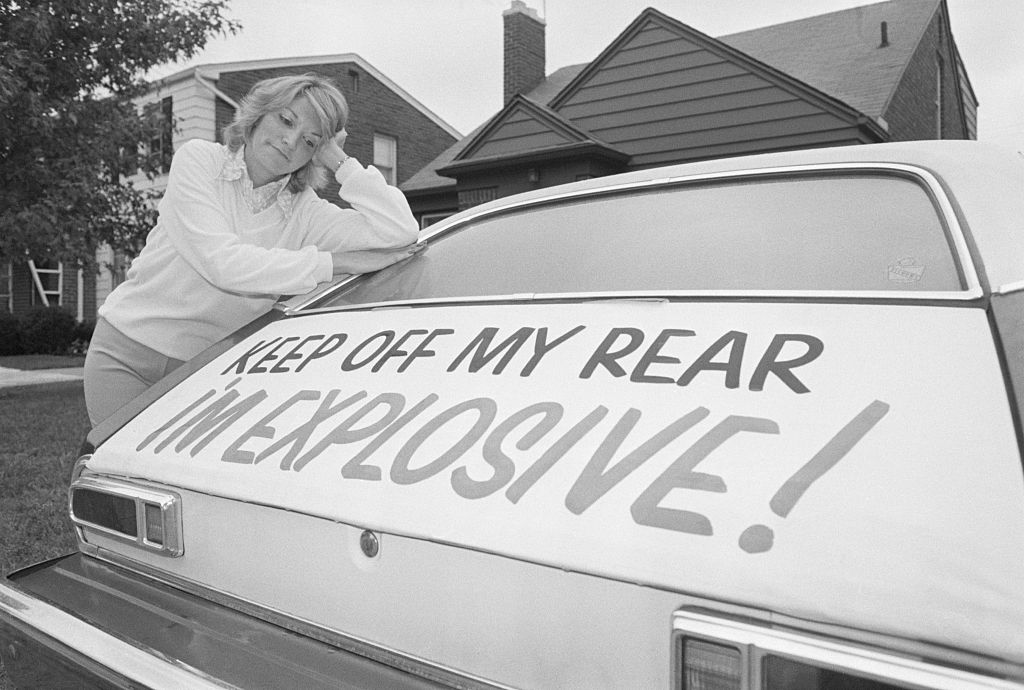
Any car that may explode upon rear impact is best left on the dealer’s lot. That was the case with the Pinto. Ford’s first subcompact, it was awkward when it was released and never transcended an overall cheap, crappy look and feel. Available as a coupe or wagon, at least the wagon’s proportions toned down the flat, weak-looking liftgate rear end. Once it was revealed that Pintos exploded upon impact it sort of killed demand. It was amazing how quickly the highways and byways of the US went from having Pintos being a common sight to becoming a novelty.
Mustang II
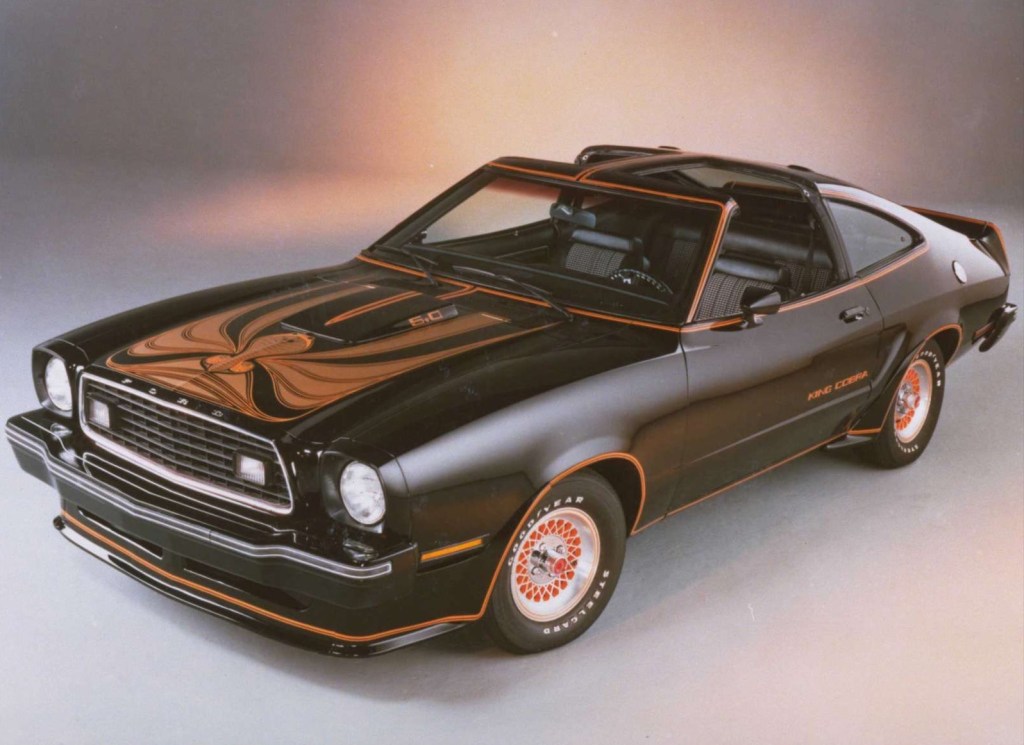
Ford had a good thing going with the Mustang. But by the 1970s downsizing was a thing. So, naturally, Ford chose to downsize the Mustang, introduced in 1974 as the Mustang II. What a turd. Really, Ford, what were you thinking. Concept sketches pulled together the feature lines that didn’t line up front to back. But in production in 1974 on the chunky proportioned body on the Pinto platform, it was a mess. At least you could still get a 302 ci V8. in that short wheelbase, lightweight car. It was a screamer. Even in spite of the smog regulations strangling engines. By 1978 Ford saw better and was able to adapt a smart-looking Mustang to the Fox-body platform.
Cadillac Cimarron
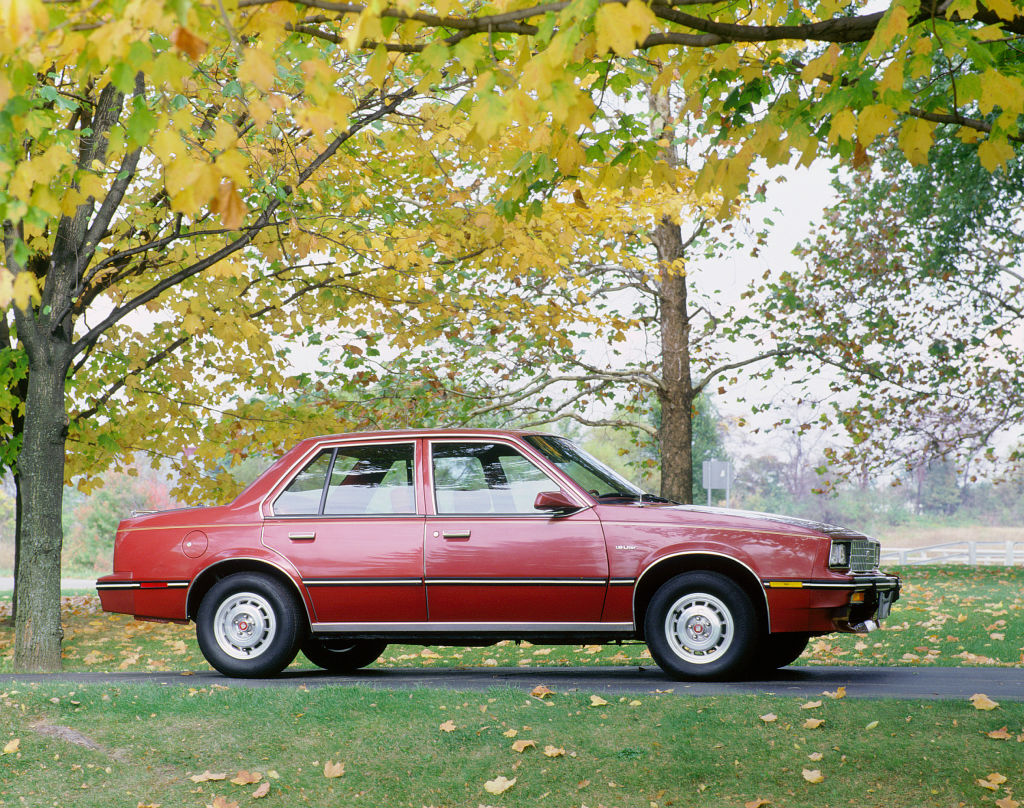
As was happening industry-wide the Cimarron was a downsized Cadillac. Just the idea smells of disaster, and so it was. Marketed as “the Caddy that zigs” the public was stymied. The Caddy that zigs? What the hell is that? Some said it was the Caddy that zigged when we wanted a Caddy that zagged. An unmitigated disaster, the Cimarron soldiered on from 1982-1988. But those last few years Cadillac marketing for the Cimarron was thin. Even Cadillac realized this was a loser. Later compact Cadillacs fared no better. Cadillacs were big, luxurious, impressive boats slinking along the highways. GM couldn’t break the public’s idea of what a Cad was. Today, it has no idea, but that’s another story for another time.
1958-60 Edsel
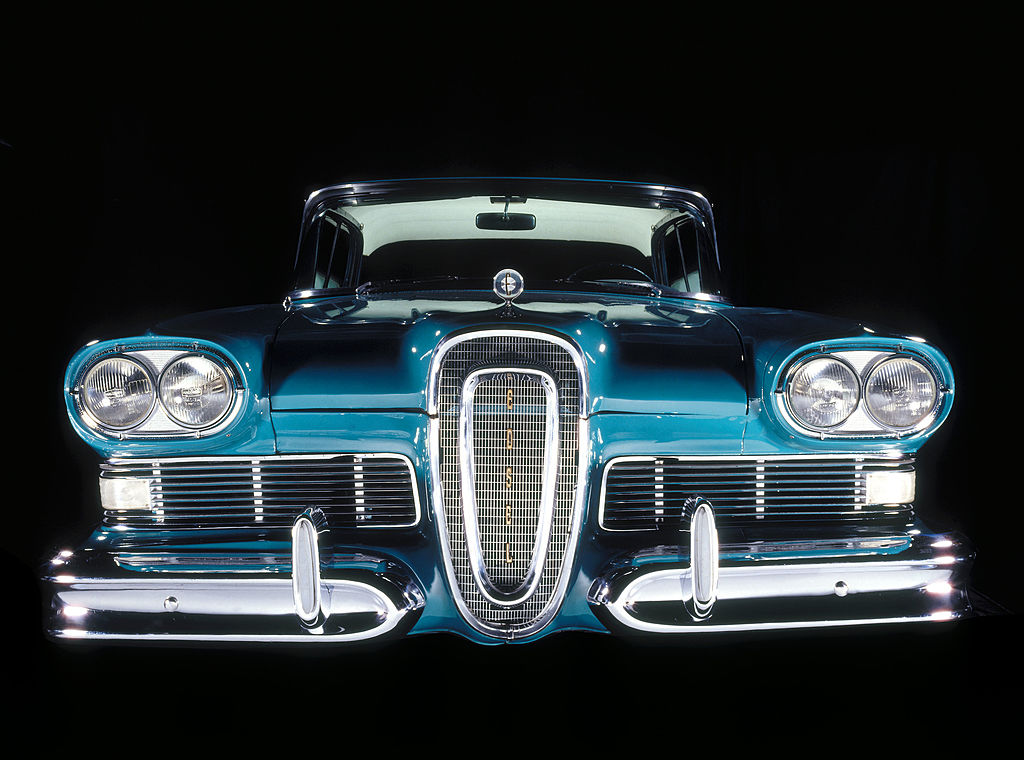
Introduced in 1958 the Edsel was manufactured by Ford as a separate brand squeezed between the Mercury and Lincoln. Most thought it was a funny-looking Mercury and opted for the better-looking and cheaper Mercury. For the gazillions spent on marketing the Edsel was an immediate super flop. Whole college marketing courses are built around the epic failure that the Edsel was. For as much as Ford wanted you to think it was unique in every way, the American buying public could see it was just a tarted-up Mercury. A tarted-up Mercury with a puckered up grille. Many could just not get past that vertical grille. Toned down in 1959 nothing seemed to help, and only a few thousand all-new Edsels sold in 1960 before Ford cut their losses and tried to bury as much of the Edel as it could. Though they have a following and collector value today, they’re still derided as a crappy Ford product.
Chevy HHR
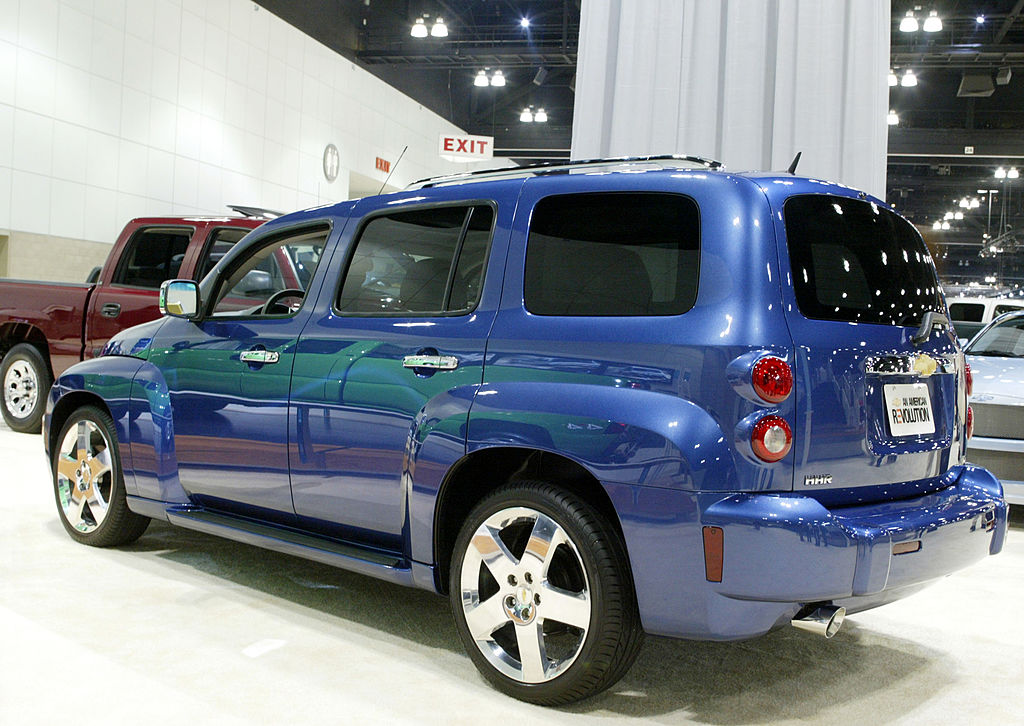
In a period where Chevy was tanking at a perilous rate, they came up with the HHR. A retro vehicle in the vein of the successful Chrysler PT Cruiser, it didn’t hurt that GM had lured its designer away to do the HHR. Unfortunately, lightning normally doesn’t strike twice. Such was the case with the HHR. Not a terrible design, it was just that the public was over retro PT Cruiser-like rollers. A panel delivery that had not been seen since the equally terrible Vega debuted a year later. It did little to bump up sales but was a curious addition. On a personal note when it was unveiled at the Detroit Auto Show it was a pretty blue metallic with the most awkward tire and wheel combo. It just sat and looked wrong. If Chevy could have just spent an hour messing with the tires, wheels, and stance, it would have shown much better. Chevy and GM in general work in mysterious ways and we were left wondering if there was something else going on behind the scenes? Alas, it mattered not. The HHR endured from 2006 to 2011. Nobody missed it.
Chevy Vega
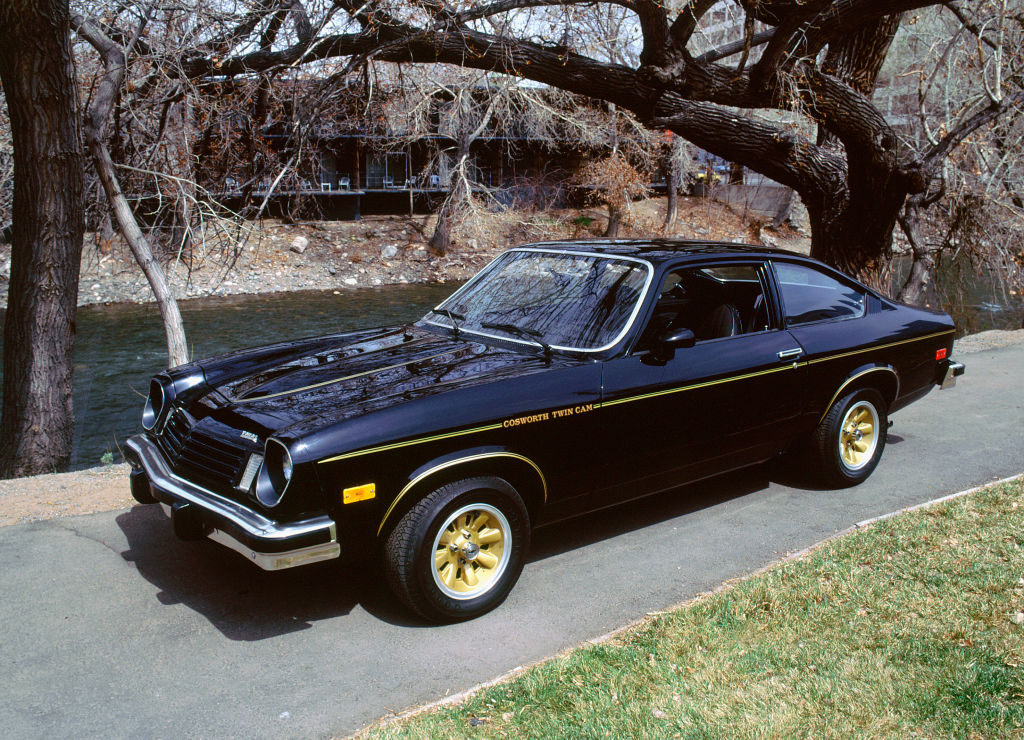
For another doomed downsized car the Chevy Vega was good-looking. The proportions and styling were attractive. So was the price. As Chevy’s first real sub-compact it was an initial success. Then, they started rusting, Rusting badly. You see, to keep the price down Chevy cut corners. Many corners. One thing it did was eliminate undercoating. There were other corners cut as well. In a couple of short years, it became apparent that a Vega would rust, shake, or generally fall apart. It is part of the reason that to this day GM products are considered inferior. It’s a shame because at the time it was released in 1970 as a 1971 model the VW Beetle was selling like crazy. As weird as it looked it was built well. The Vega was an American designed Beetle competitor. But it exhibited none of the qualities the Beetle exhibited. Though more “American” looking, its build quality could not compare to the Beetle. It miraculously was killed in 1977.
Pontiac Aztek
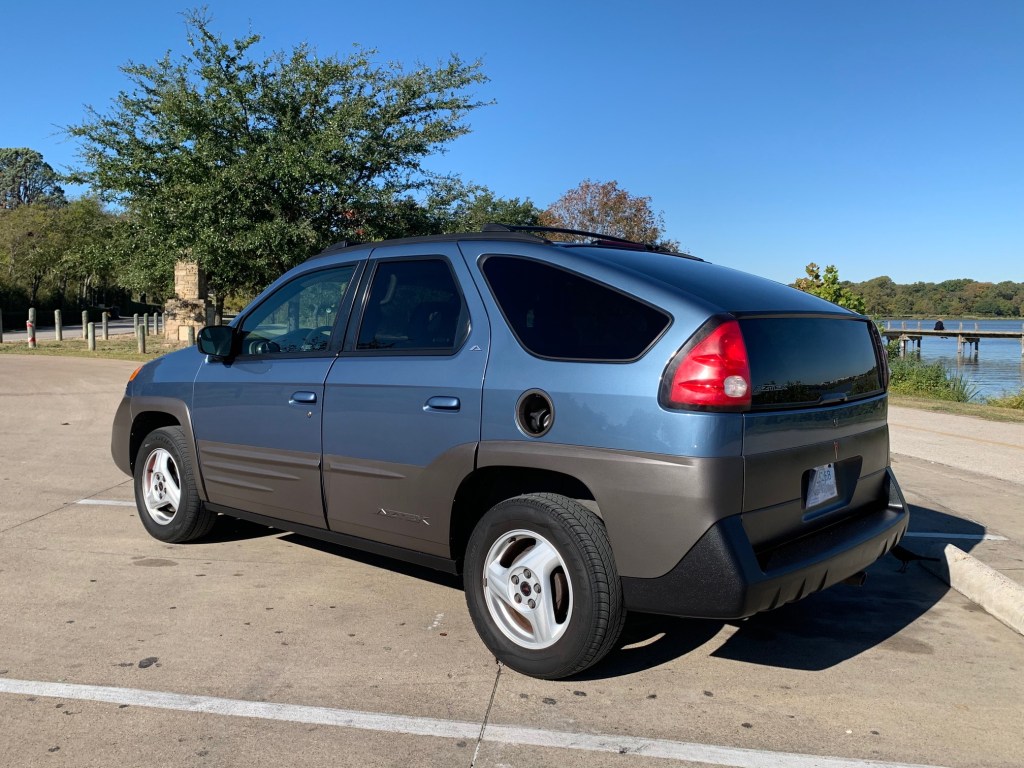
No bad American car list is complete without the Pontiac Aztek. Touted as a revolutionary multi-purpose vehicle GM was giddy about it. Upon its release, it was crowing that this was their Chrysler PT Cruiser. Not that it was similar but that it would soon be an unexpected genre-busting hit. It’s that special GM hubris that underlines everything GM does to this day. While it has had hits it continues to feel it ranks above other, lesser manufacturers. Even in spite of its bankruptcy and misses that continue even now. The Aztek is a result of that kind of atmosphere. While everyone involved in its development worked hard to make the Aztek a hit, it’s isolation in Detroit and corporate culture divorced from reality made it a symbol of everything wrong with GM.



